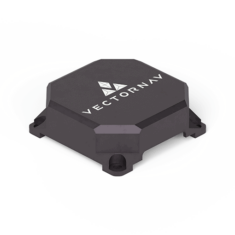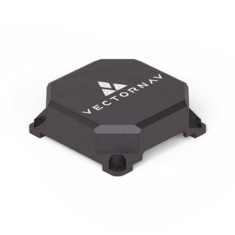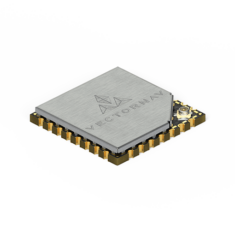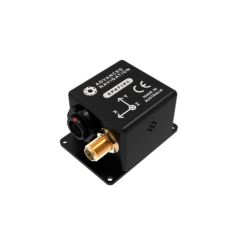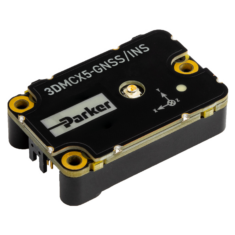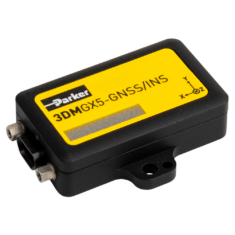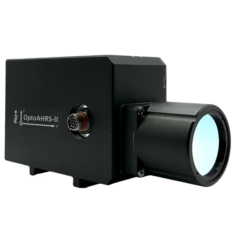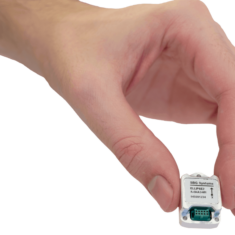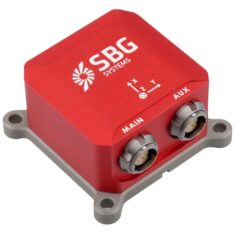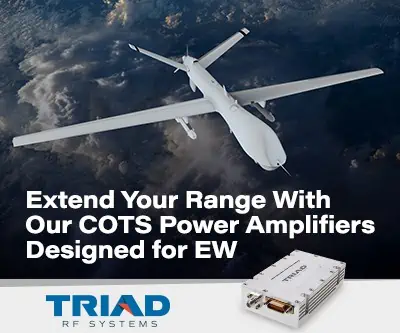Miniature INS Systems for Drones & Unmanned Systems
Due to their small form factor, miniature Inertial Navigation Systems (INS) are ideal for unmanned aerial vehicles (UAVs) such as multirotors, hybrid and fixed-wing UAVs with SWaP constraints. Miniature INS systems are incorporated into a wide variety of unmanned and autonomous systems including aerial drones, UGVs (unmanned ground vehicles), marine systems including AUVs (autonomous underwater vehicles) and other robotic platforms.
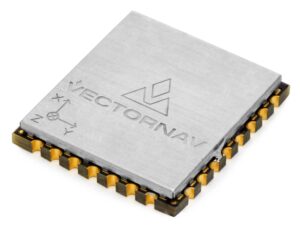
VN-100 Surface Mount Miniature INS
Micro INS & MEMS Technology
Micro INS often incorporate MEMs (microelectromechanical systems) such as MEMS accelerometers, gyros, and magnetometers, as well as other sensor data, including barometric pressure and GPS/GNSS, to deliver highly accurate estimations concerning attitude/orientation, velocity, and position. Real Time Kinematic (RTK) positioning can also be applied using RTK base station corrections data, to achieve even greater accuracy.
Rugged, Small GPS-INS
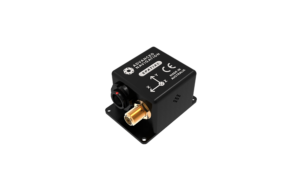
Spatial Miniature MEMS INS by Advanced Navigation
Suited to harsh environments a miniature inertial navigation system doesn’t emit detectable radiation, is not susceptible to jamming and is remarkably self-reliant. Available as either board-level units or self-contained modules, miniature INS modules for unmanned applications are usually encased in lightweight, ruggedized enclosures making them ideal for use in harsh environments. It is possible for micro GPS-INS to determine an accurate True North heading in challenging environments even with magnetometer interference.
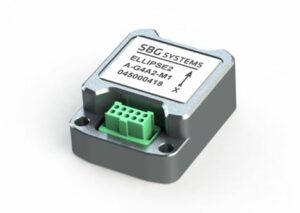
Ellipse 2 Micro INS for UAVs
Applications
Miniature INS are well suited to a broad range of unmanned and autonomous applications, including navigation, object tracking and platform stabilization, as well as directing antennas, radar and cameras. Sectors which utilize micro INS technology include; defense and security, aerial mapping and survey, and search and rescue.









